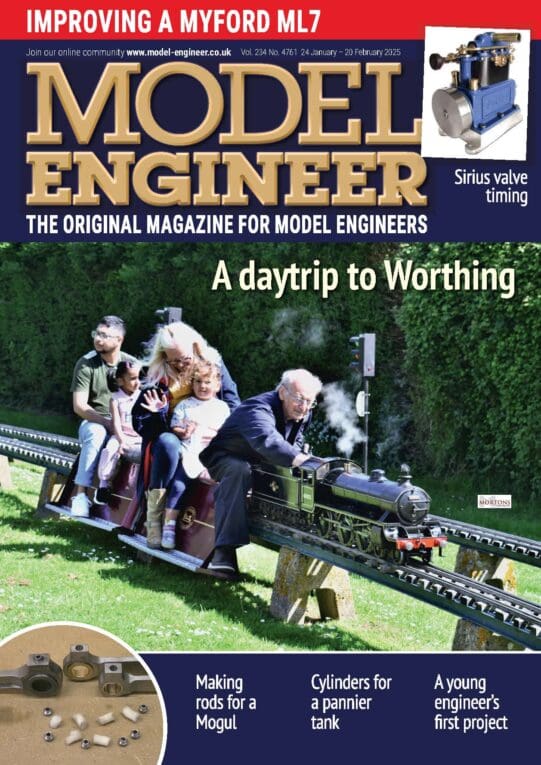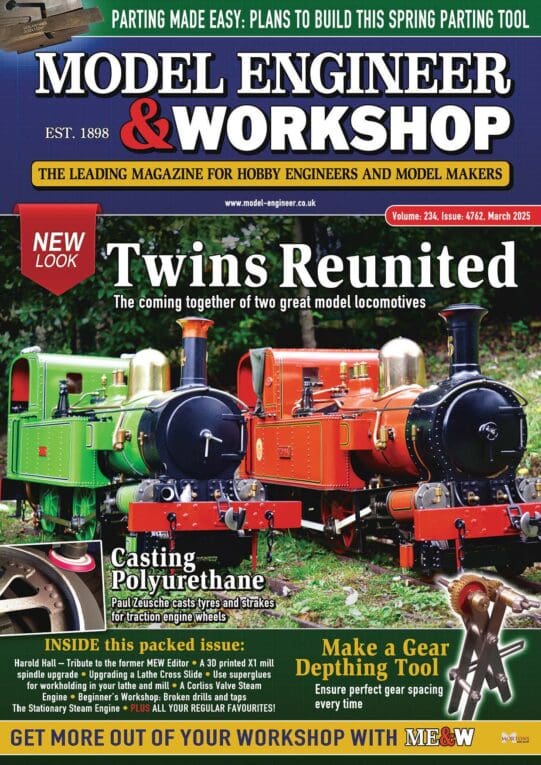… A wooden pattern will last and be far better, and kept safe can be used 100s of times if need be. Noel.
True, but wooden patterns are a lot more trouble to make in the first place and wasteful unless used repeatedly. They have to be kept safe and used 100s of times! 3D printed plastic will have a shorter life, but replacements can be reprinted at any time. And because the design is electronic, there’s no need to store physical patterns at all. This is a major advantage when a business pays for storage.
There must be a cross-over point at which a 3D printed pattern becomes more expensive than wood, but not clear where it is without doing the maths. Broadly, plastic favours low-volume production runs whilst wood favours high-volume. Judging by Andrew’s photos, his casting requirement was well met by plastic.
There’s another interesting cost cross-over between casting and 3D-printing in metal. 3D-metal printing removes the need for moulds entirely and can produce objects that are impossible to cast. But 3D metal printing is slow and expensive, most useful for prototyping, high-tech, and short production runs. Casting is much faster and cheaper for simple shapes and high-volume production.
Change is in the air. At the moment, kits and one-offs still make use of castings machined to size by the Model Engineer. A classic technique that once dominated Victorian engineering, but mostly superseded during the 20th Century by alternative methods. Since then the cost of 3D metal printing has dropped during this century, and 3D-metal printing as a service may be becoming hobby affordable. Rather than using 3D-CAD to define a mould and then machining a casting made from it, the hobby might switch to having near finished parts printed in metal, ready to fit.
I’m fascinated by Model Engineering because it covers traditional and modern technology. We can enjoy workshop methods dating from the 18th and 19th centuries, whilst also using CAD and a 3D printer to make projects stuffed with electronics!
Dave
Craig Brown.





 Finally picked up the cast iron railing supports from S Whitehead foundry in Altrincham. Perfect job and the 3D printed pattern and core box look like they would survive many more operations. The sand was sodium silicate for both the core and the main casting.
Finally picked up the cast iron railing supports from S Whitehead foundry in Altrincham. Perfect job and the 3D printed pattern and core box look like they would survive many more operations. The sand was sodium silicate for both the core and the main casting.


